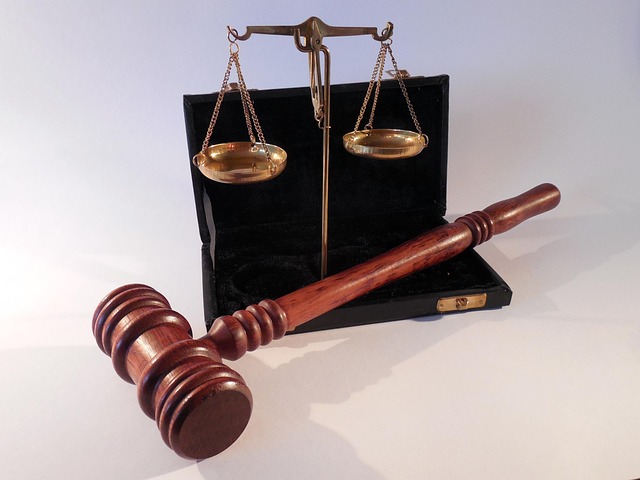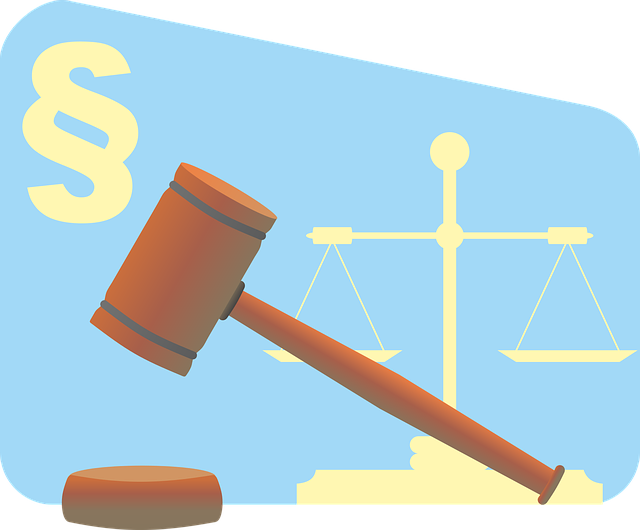Understanding various litigation types is crucial for clients facing legal challenges, especially libel cases in civil courts involving false or malicious publication. Examples range from personal disputes to complex business conflicts. Common Law and Statutory claims offer distinct dispute resolution approaches, with success demanding nuanced understanding of both. Libel cases, like those involving business executives' baseless accusations or celebrity false product claims, hinge on truthfulness, harm caused, and past precedents. Jury trials determine validity, emphasizing the need for skilled legal representation to defend against unfounded allegations.
“In the intricate landscape of civil litigation, understanding diverse case types is paramount. This article unravels the complexities of various litigation forms, focusing on a key differentiator: Common Law vs. Statutory claims. We delve into the nuances of these opposing approaches and their real-world implications. Furthermore, exploring libel cases as compelling libel case examples in civil court offers practical insights into how these legal principles play out, providing an indispensable guide for navigating the intricacies of civil litigation.”
- Understanding Different Types of Litigation
- Common Law vs. Statutory Claims in Civil Court
- Libel Case Examples: Real-World Scenarios
Understanding Different Types of Litigation
Understanding different types of litigation is crucial for both corporate and individual clients navigating legal challenges. One common type, a libel case, involves allegations of false or malicious publication that damages an individual’s reputation. In the civil court, libel cases can range from personal disputes to complex business conflicts. For instance, a disgruntled former employee might sue their former employer for libel if they believe defamatory statements were made about them post-employment.
Mastering these diverse litigation scenarios, including libel case examples in civil courts, is essential for building winning challenging defense verdicts in white collar defense cases. Lawyers specializing in this area must possess the expertise to dissect complex allegations and present compelling defenses tailored to each unique situation. This strategic approach not only ensures a robust legal response but also underscores their ability to secure favorable outcomes for corporate and individual clients alike.
Common Law vs. Statutory Claims in Civil Court
In civil courts, two primary types of claims distinguish themselves: Common Law and Statutory. Common Law claims are based on precedents established through judicial decisions, providing a flexible framework for resolving disputes. These cases often involve principles like negligence, breach of contract, or torts, where a plaintiff seeks compensation for harm suffered due to a defendant’s actions. For instance, a libel case, where an individual sues for damages caused by false and harmful published statements, would be adjudicated under Common Law principles. Achieving extraordinary results in such cases requires a deep understanding of these precedents and their application to the specific circumstances.
Statutory claims, on the other hand, are derived from laws enacted by legislatures, offering clear guidelines and remedies for various wrongs. These laws cover a wide range of issues, including consumer protection, employment rights, and environmental regulations. For example, a case involving a breach of a federal statute designed to protect philanthropic and political communities from fraudulent practices would be governed by statutory law. Lawyers specializing in these areas must not only interpret the specific legislation but also navigate its interplay with Common Law principles, ensuring their clients receive justice within this complex legal landscape.
Libel Case Examples: Real-World Scenarios
Libel cases are a common occurrence in civil courts, with individuals and organizations alike facing potential legal repercussions for making false statements that harm another party’s reputation. A strong example is when a prominent business executive makes baseless accusations of fraud against a competitor, causing significant damage to their public image and share prices. Another scenario involves a celebrity sued for libel after making false claims about a product in a magazine interview, leading to a substantial settlement.
These libel case examples highlight the real-world impact of such legal battles. The outcome often depends on the truthfulness of the statements, the extent of harm caused, and the presence of an unprecedented track record in similar cases. Jury trials play a crucial role in these situations, as they require a thorough examination of evidence and witness testimonies to determine whether the defendant’s claims were defamatory. The complexity of libel cases demands skilled legal representation, especially for white-collar defense strategies aimed at protecting individuals and companies from unfounded allegations.
In understanding different types of litigation, especially libel cases within the civil court system, recognizing real-world scenarios is essential. As seen through various examples, libel laws play a crucial role in safeguarding one’s reputation and addressing false communications. By examining these cases, we gain insights into the complexities of civil disputes, highlighting the importance of clear communication and responsible reporting. For those involved in or contemplating such legal battles, staying informed about both common law and statutory claims is vital to navigating this intricate landscape effectively.






